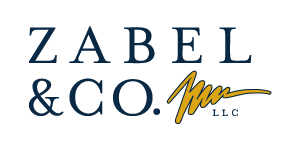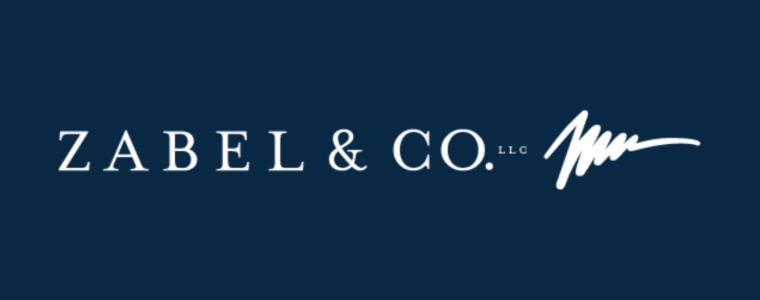The chances are that you have heard the old saying that it is cheaper to keep a customer you already have than it is to secure a new one. Repeat customers are oftentimes the cornerstone of your business, coming back time and again for more of what your company has to offer.
You want to secure more repeat business for yourself, but how can you go about doing so?
Finding repeat customers has never been easier, and there are a few things you can implement to make it more likely that your shoppers will return. Here are 3 of the top tips you can follow to get more repeat business:
1. Have Great Customer Service
It should go without saying, but every business needs to have top-notch customer service if they expect their customers to stick around.
More people than ever before will claim loyalty to a brand if they feel that they were treated well during the purchase process. If they had an issue with the product or service you offered them, were you able to find a suitable solution for them?
A beneficial resolution for your customer will transform their experience from a negative one to a positive one. This service makes them more likely to recommend you to all of their friends if they feel that they were truly heard and understood by your staff.
You need to train employees on how to handle customer complaints with a smile. It can be challenging at times to meet angry or upset customers with kindness, but it is essential if you want to cash in on repeat customers.
2. Educate Customers
Does your customer know how to effectively use or manage what they purchase from you? One way to ensure repeat customers is simply to educate them on how to best use the item or service they purchased. In the process of teaching them more about it, you can also cross-sell them on different products that enhance their overall experience.
How can you effectively educate and cross-sell products to your customers? It might not be as hard as you think:
- Start a blog on your company website
- Create short videos for your social media platforms
- Email out a monthly newsletter with information and promotions
Another tactic is to better educate your sales staff on how they can cross-sell products to the customers who come into your storefront. Staff should know and understand your customers’ pain points and how each item that you carry can factor into the solution.
Once you train them, you might start to see bigger sales from your repeat customers who finally understand what they need to do to solve their problem!
3. Create a Customer Loyalty Program
If you want your customers to come back over and over again to make new purchases, then you should have some kind of incentive for them. A customer appreciation or loyalty program of some kind gives shoppers a reason to come back to your storefront instead of your competitors’.
While every business is different, many people find that offering a small discount or promotion for repeat customers helps them to retain those customers for longer periods.
Despite giving out a discount or a free item, many business owners will find that they still come out ahead because they no longer need to invest in their marketing budget to pull in more customers. Instead, their repeat customers do all of the legwork for them.
Additionally, the incentive might be good enough to convince your new repeat customers to refer their friends to you. Consider giving an additional perk for loyal customers who send friends and family your way.
This approach can be a little tricky to keep track of, but once you find a system that works for you, you might find that you can reallocate your marketing budget to some of these other incentives.
Growing a Thriving Business
Getting repeat customers is just one aspect of a thriving business that will continue to grow well into the future.
Zabel & Co. is here to help you reach your business and personal goals while aligning with our basic philosophy of integrity, respect, and client commitment. Contact us today to learn more about how our company can help you achieve your goals!


